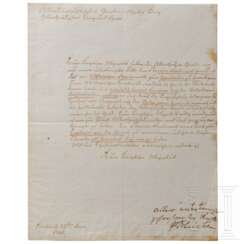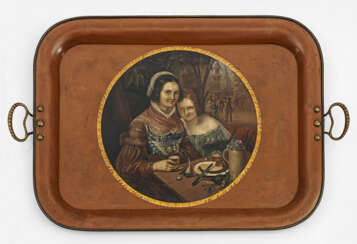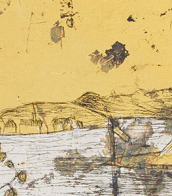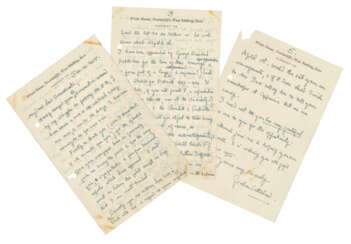brunswick order







Eucharius Rösslin the Elder or Eucharius Rößlin was a German medieval scholar, physician-midwife, and pharmacist.
In 1493 Eucharius became apothecary in Freiburg, and 13 years later was elected physician of the city of Frankfurt am Main. From there he moved to Worms, in the service of Katherine, Princess of Saxony and Duchess of Brunswick and Lüneburg. One of his duties was to oversee and supervise the city's midwives, whose ignorance led to a high infant and female mortality rate.
In order to remedy this, Eucharius wrote and published a book on midwifery called Der Rosengarten ("The Rose Garden for Pregnant Women and Midwives") in Strasbourg in 1513. It was in German and contained several engravings. The book proved very popular and soon became the standard medical textbook for midwives. For nearly two centuries it was the authoritative guide to midwifery in Europe, translated into seven languages and reprinted over a hundred times.
In 1517 Rösslin returned to work in Frankfurt and remained in that position until his death in 1526. His son, also named Eucharius Rösslin, succeeded him as city physician.


Graham Vivian Sutherland was a prolific English artist. Notable for his paintings of abstract landscapes and for his portraits of public figures, Sutherland also worked in other media, including printmaking, tapestry and glass design.

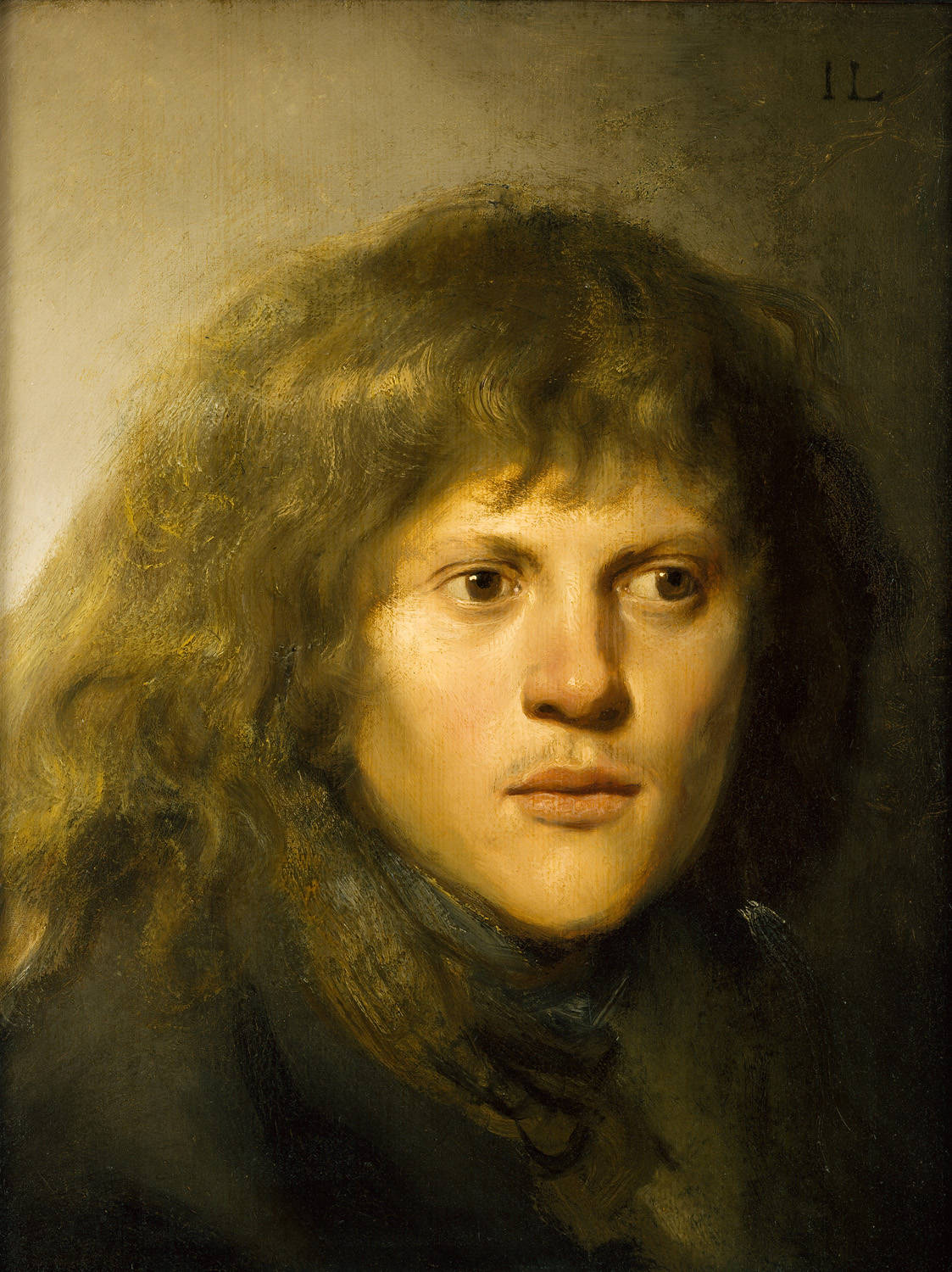
Jan Lievens was a Dutch painter, draughtsman, and engraver of the Golden Age and a member of the Guild of St. Luke in Antwerp.
It is known that while still very young, at the age of twelve, Lievens already created skillful paintings that amazed art lovers of Leiden. He was later friendly with Rembrandt, shared a studio with him, and painted in a similar style. Lievens was also a court painter in England and elsewhere.
Jan Leavens created genre scenes, landscapes, ceremonial portraits and sketches on various themes, as well as religious and allegorical images, which were already highly valued during his lifetime.








